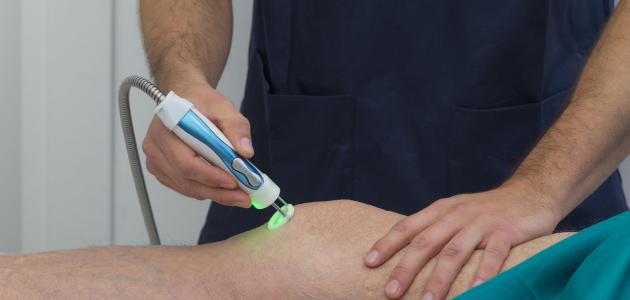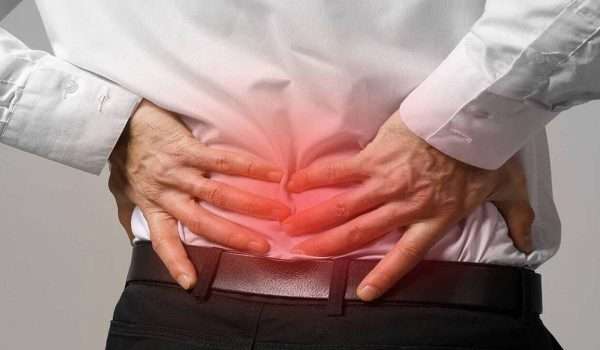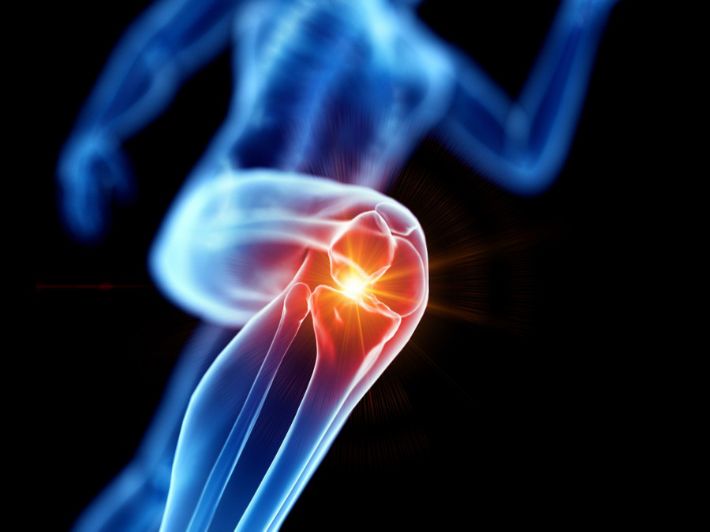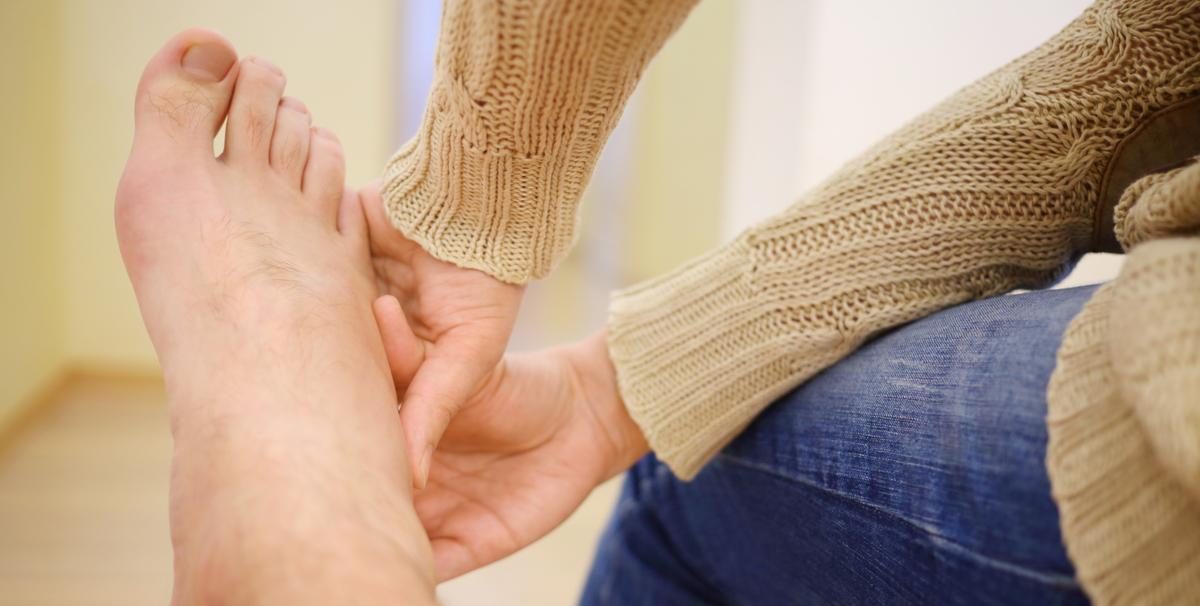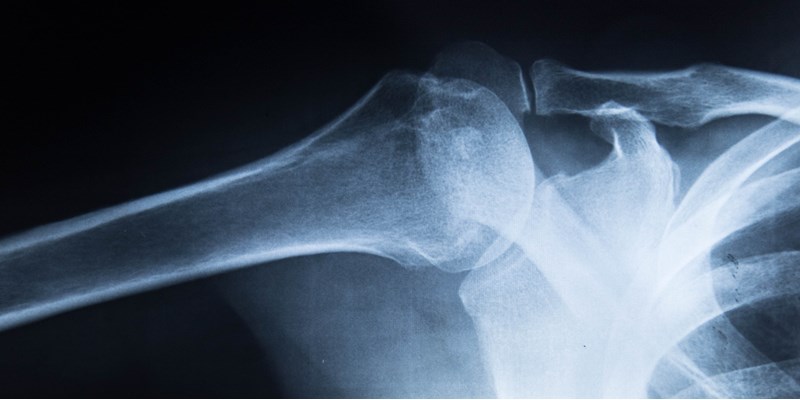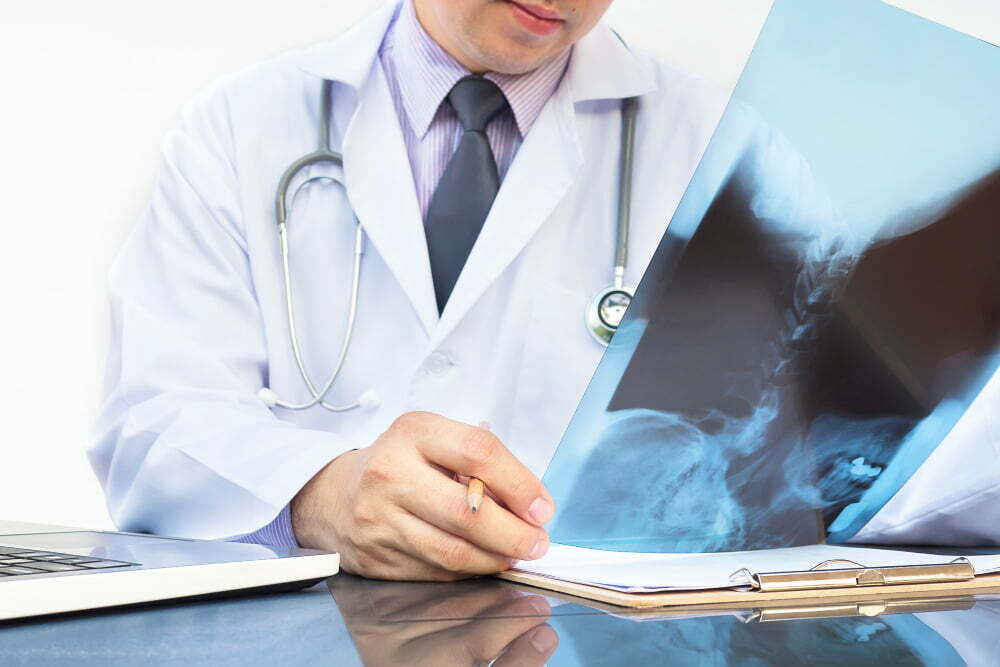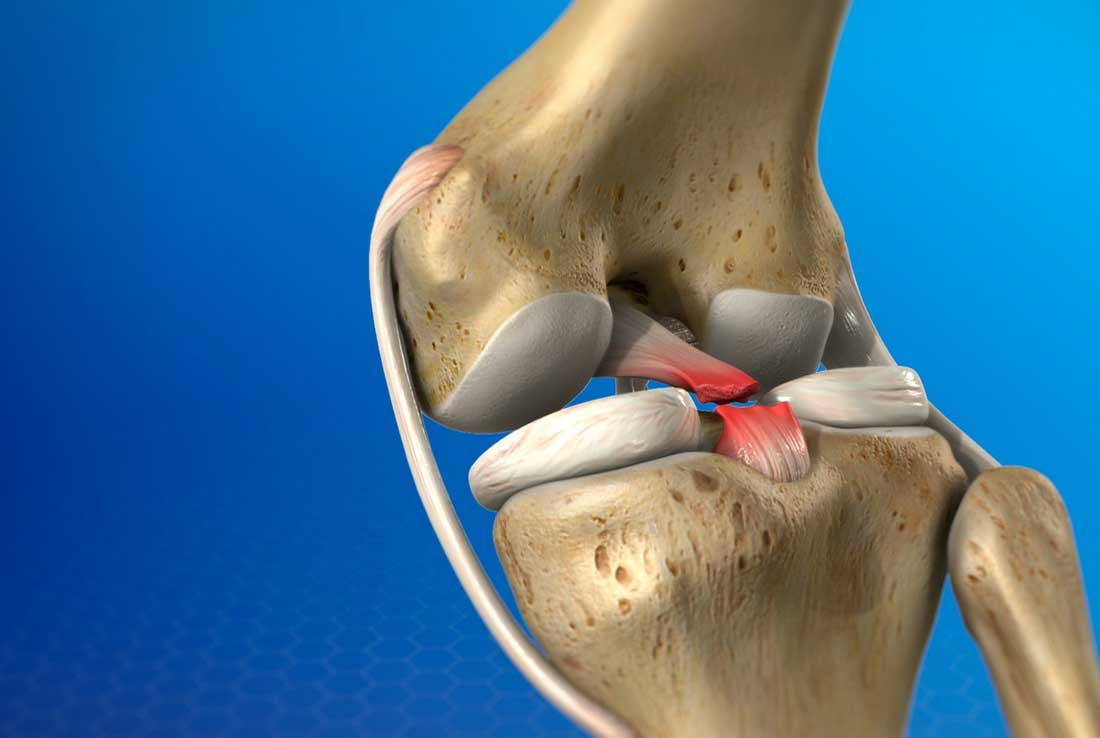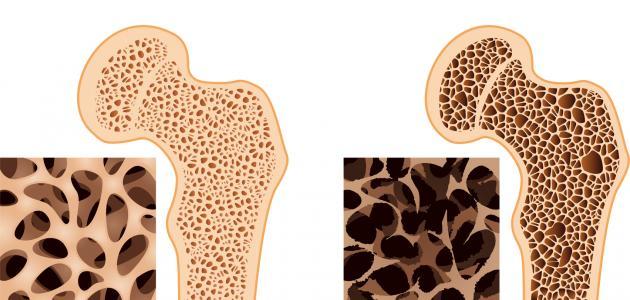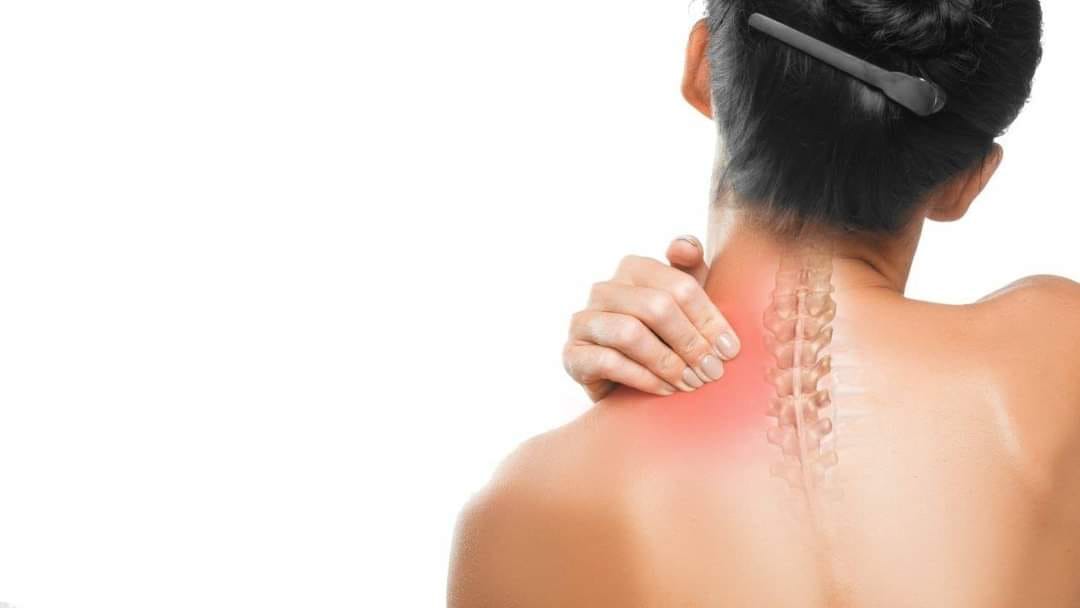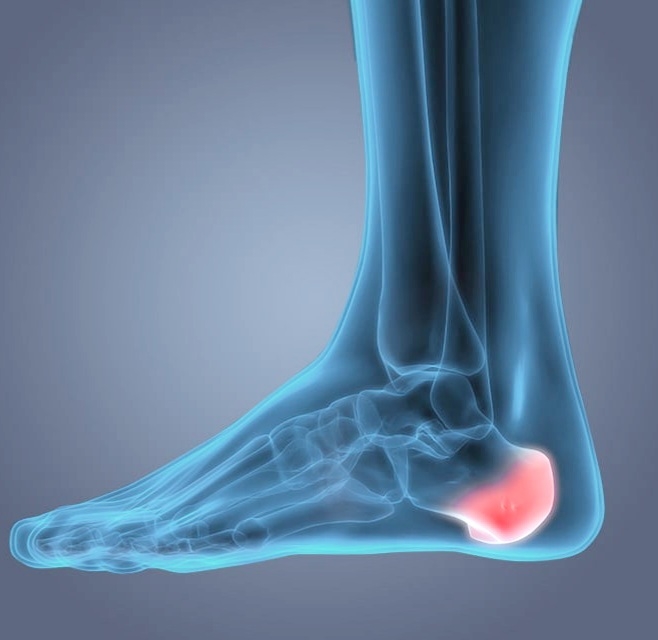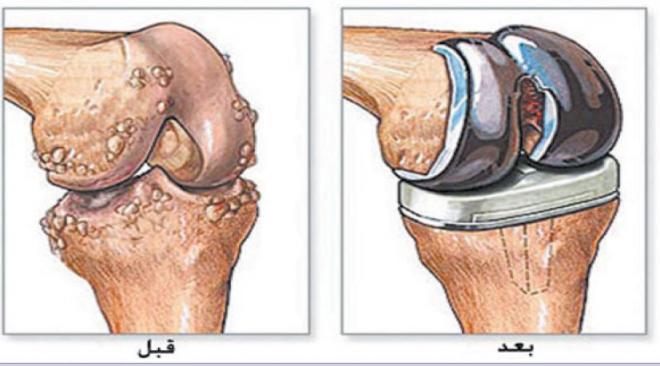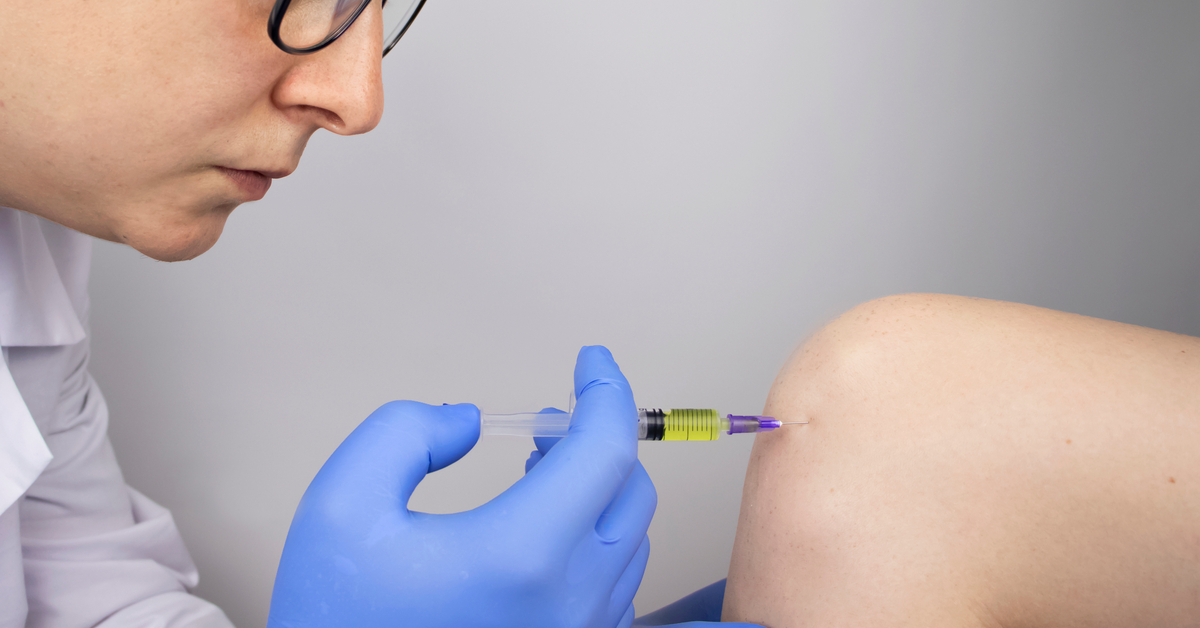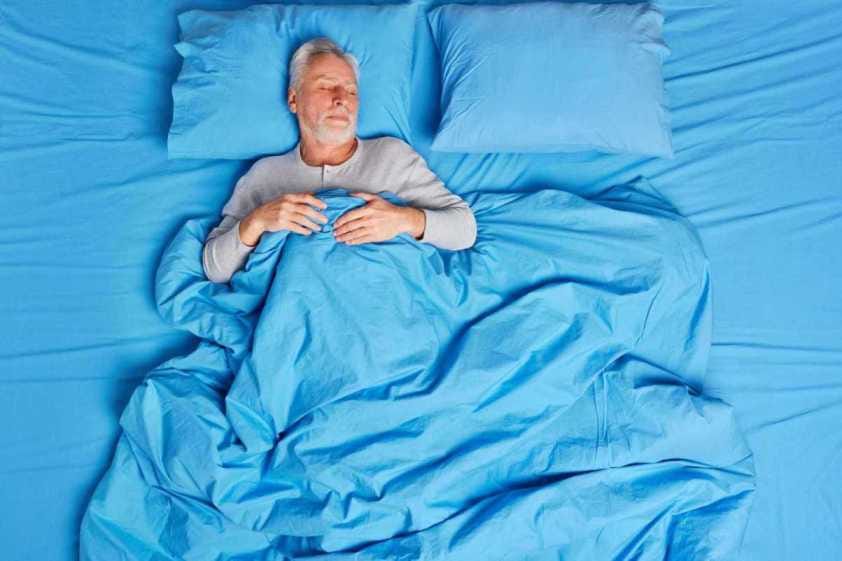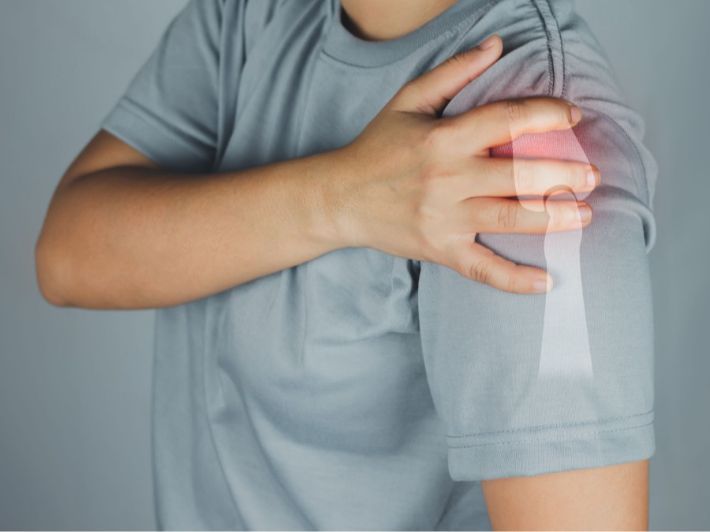How do I know that my child has a bow in the legs?
The curvature of the legs is a deformity in the bones of the leg and it is clearly visible in addition to its effect on the individual’s ability to carry out his activities normally. In the following article, we will learn more information regarding this topic, so let us read the following.

How do I know that my child has a bow in the legs?
There are many ways through which a mother can discover that her child suffers from bowed legs, as it is noticed that the legs are far apart and do not meet when standing and putting the ankles and feet together, in addition to the occurrence of divergence between the knees and the feeling of pain in the knee area or The hip, in addition to the fact that the legs may not meet in length, and this clearly affects walking and running.
The child feels discomfort in each of the hips, knees, or ankles as a result of the pressure of the arched legs on the joints, the ability of the individual to move the hips well decreases and this makes the child feel very difficult during movement and running, and the instability of the knee joint is also noted and the shape of the leg becomes uncomfortable to the eye and this It greatly affects the child’s psyche.
Treating bowed legs in children with herbs
Some types of herbs may be used to treat bow legs in children and relieve the symptoms they feel. Examples of herbs that are used in treatment include:
- Thyme: It is effective in treating curvature of the legs if the main cause of its occurrence is osteomalacia. This is because thyme has many properties that are anti-osteomalacia and it is used by soaking it in boiled water and drinking a cup of it daily.
- Rosemary: It is also known as frankincense herb, and it is one of the herbs that contains many good properties in the treatment, and it has a great role in treating the curvature of the legs that affects children by soaking it in a liter of boiling water and eating it on a daily basis.
- Henna powder: The curvature of the legs can be treated by applying this powder, mixing it with other ingredients, and applying it directly to the curvature area. Henna powder is mixed with a few drops of milk, watercress juice, and olive oil, and they are mixed well.
Types of bow legs
There are many types of curvature that affect the legs, and each of them has a separate method of treatment. The type of curvature is known according to the symptoms that appear on the individual. The specialist doctor determines the type of curvature accordingly and researches the most appropriate treatment method for it. Among the types of curvature of the legs:
outward bending of the knee (genu varum – bow legs)
This type of curvature is the most prevalent among individuals and is also known as the hallux valgus knee, and in this case, the knees are far apart from each other while standing and bringing the feet together, and this type of curvature causes an increase in the load on the inner part of the knee joint, and the greater the degree of curvature, the greater the degree of curvature. It causes tightening and sagging of the ligaments on the outside of the knee, and this leads to an increase in the degree of curvature over time.
Bowing of the knee inward (genu valgum – knock knees)
This condition is also known as adhesion of the thighs or the knee joint, where the knees are very close to each other while standing while the feet are far apart, and in that case, most of the body weight is concentrated on the outside of the knee, and the inward curvature is more severe in the third year of the child’s life, but it disappears On its own at the age of eight, and this curvature is known to affect girls more than boys.
Backward bending of the knee – Genu recurvatum
It is defined as a deformity that affects the knee joint and causes it to bend backward. It is also called knee hyperextension or knee hyperextension. Back as it may be severe, light, or moderate.
The development of the knee bending frequently towards the back leads to severe knee pain and may cause early knee stiffness, and the knee bends inward as a result of receiving a blow in the knee or landing incorrectly after a strong jump, and this results in some other injuries in the knee area and the occurrence of Damage to many of its components such as ligaments and cartilage, especially the anterior cruciate ligament.
When does the curvature of the legs begin?
It is possible that the curvature of the legs begins to appear in some children from birth until the passage of 24 months, that is, at the time when the child begins to move and bear the weight of his body on the legs, as it is known that the curvature in children begins to disappear over time until it completely disappears by the year Third, but if it continues to appear after that period, this may be an indication of a growth disorder as a result of a disease, and in that case, appropriate treatment must be received immediately.
Are there exercises for the curvature of the legs?
There are many exercises that can be very useful in treating curvature of the legs, but they must be performed after consulting a doctor and at the hands of a physiotherapist to ensure that no serious complications occur as a result of improper movements. Examples of exercises that contribute to the treatment of curvature are legs:
- Foam Roller and Toe Touch: This exercise is done by placing a type of circular roller and fixing it between the feet by pressing on it in the buttocks area, after which the individual bends in a kneeling position and extends the fingers of the hand to touch the toes in several groups.
- Toes and squatting: The individual performs this exercise by standing and taking a narrow space between the feet that do not exceed twenty centimeters and then making the big toes touch each other, and a squatting position is taken, and the hands are extended in several groups.
- Lying down on both sides of the hip and internal rotation: This exercise is performed by lying on the back and an exchange is made between two groups, one on the left side and the other on the right side, and in each group, the area between the knee and the instep must be raised off the ground for the group’s side.
- The fourth extended figure: This exercise is performed by sleeping on the back and placing one foot on top of the other so that one is vertical and the other is horizontal, after that the two are joined on the abdomen side by pulling them with the hand through the vertical foot.
Does obesity cause curvature of the legs?
The curvature of the legs may have many causes that lead to it if the individual was not born with it as a result of a defect in growth, and among the things that lead to curvature of the legs is suffering from excessive obesity, especially in cases of soft bones, because this causes severe pressure on the knee, which causes it to curve. Over time, that is why the individual must maintain his weight well in order to protect himself from any serious health complications.
Is arched legs normal?
The curvature of the legs may be normal when the individual is in childhood, as this is a result of the position he was in when he was a fetus in the mother’s womb, and in that case, it takes a few months and up to 3 years for the curvature to disappear and the foot to take a normal shape again. The child reaches his eighth year without noticing the continued presence of the curvature. In this case, this curvature is abnormal and needs treatment. This may be a result of many reasons, including:
- Suffering from osteomalacia as a result of the body not getting enough vitamin D.
- Having an orthopedic disease whose symptoms include the appearance of bows in the legs.
- The occurrence of spontaneous curvature in adolescents, and happens mostly to those who suffer from obesity.
- Having kidney or liver disease.
- Blount’s disease.
Are bowed legs considered a disability?
Infection of the individual with any disease that may affect his ability to perform his daily activities normally is classified as a disability, and this also includes the curvature of the legs, especially if it is in a very late stage and it is not easy to treat, and in that case, the curvature of the legs is caused by a disease and must be investigated. Do this in a good way and try to treat the problem from its inception before it develops seriously.

